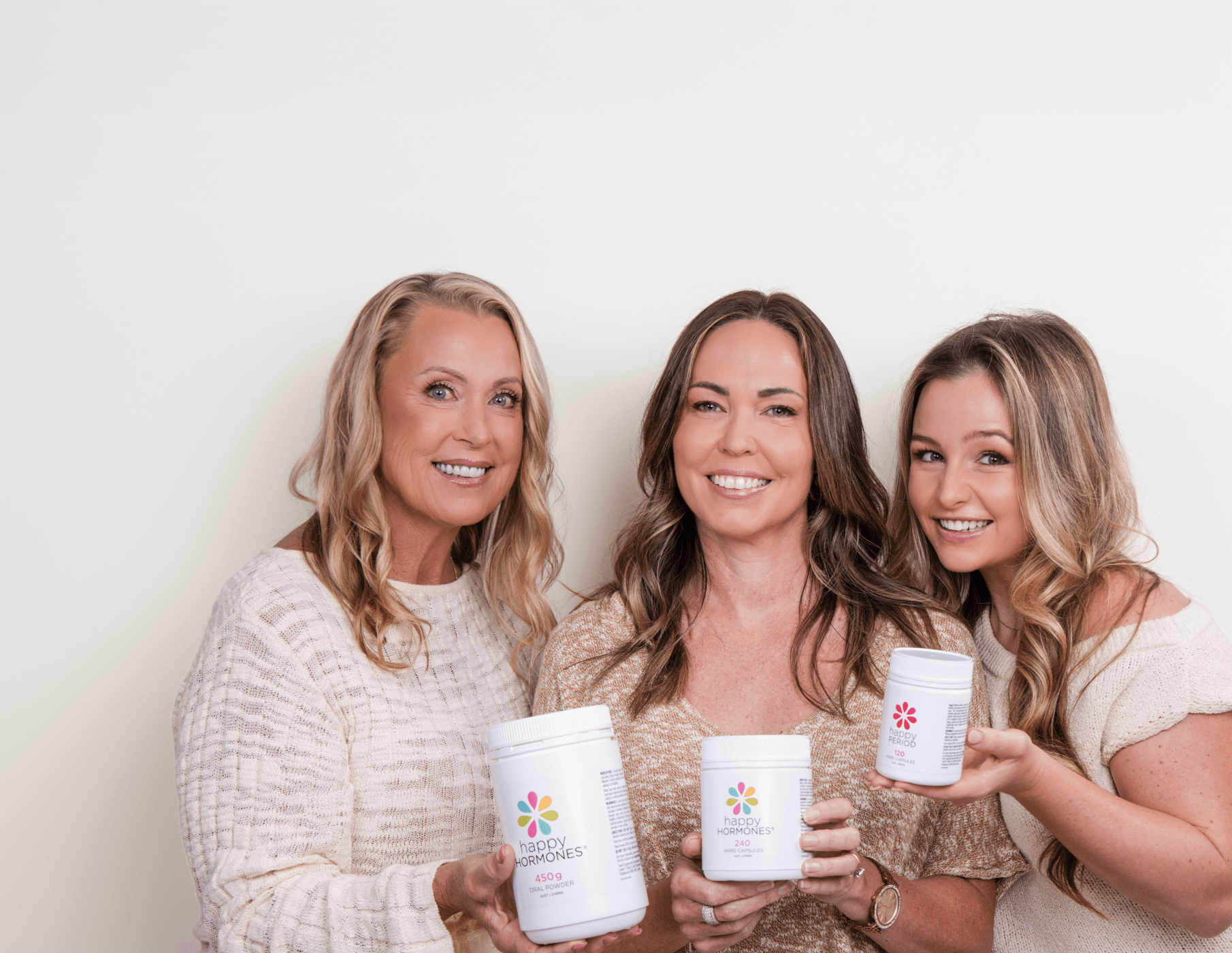What Is The Female Reproductive System?
By Sally James

The female reproductive system is an intricate setup composed of the ovaries, cervix, endometrium, vagina, uterus, and fallopian tubes. A close relationship between the function and structure of these organs is paramount to the healthy functioning of the reproductive system.
What Are Ovaries?
The microscopic structures of the ovaries are constantly changing during the monthly menstrual cycle. Ova are present throughout the cycle at different stages of development, maturation or disintegration. The ovaries are the ovum-producing reproductive organ and also form part of the endocrine system. There are two ovaries, each situated on either side of the uterus.
What Is The Vagina?
The vagina is the opening to the reproductive organs and is situated between the rectum (the opening from the bowel) and the urethra (the opening from the bladder). It is where uterine secretions are shed through during menstruation. Because the vagina is a musculature structure, it has the ability to stretch and contract in vast proportions. We see this in its capacity to accept an erectile penis or give birth to a baby.
The vulva forms part of the vagina known as the external genitalia. The vulva is the collective term for the labia minora and labia majora, the vaginal and urethral openings, the clitoris and the Bartholin's glands.
What Is The Uterus?
The uterus is a musculature organ and is considered one of the strongest muscles in the body. This organ stretches to accommodate a growing foetus and has the ability to rhythmically contract and relax during childbirth. Uterine muscular contractions are also involved in post-delivery blood loss and the loss of menstrual blood each month. The health of the uterus is therefore strongly implicated in the severity of menstrual symptoms experienced by a woman.
The uterus is generally about the size of a pear; however, changes to its size and shape occur when fibroids or polyps are present. Repeated pregnancies can also influence the structure of the uterus.
What is the Endometrium?
The endometrium is the lining of the uterus which sheds during menstruation. It develops over the monthly cycle, thickening and softening due to the influence of the ovarian hormones (oestrogen and progesterone) that encourage its growth. If no fertilisation of the Graafian follicle occurs then the lining actively sheds (menstruation) and becomes renewed, ready for the next cycle to begin.
What Is The Cervix?
The lower third of the uterus is the tubular cervix. Half of this channel protrudes into the vagina and the other half is above the vagina. It is sometimes called 'the neck of the womb’, a term which helps us to understand its association and link to the rest of the reproductive organs.
The cervical opening is usually small and tightly closed; however, throughout the process of childbirth, it has the ability to enlarge and allow for the outward passage of the baby. It also enables the entry and transport of sperm to the ovaries and facilitates discharge of menstrual fluid during monthly periods.
The cervix is very susceptible to infection, inflammation and bleeding and also prone to cancerous growths. A speculum examination, a swab or a PAP smear are preventive measures that can easily detect these issues.
What Are Fallopian Tubes?
The fallopian tubes are a muscular, funnel-shaped structure lined with microscopic hairs called cilia. Due to rhythmic contractions occurring within the fallopian tubes, a fertilised egg (ovum) is able to travel down from the endometrium to the uterus in preparation for implantation and further development. These contractions also encourage menstrual blood to flow down through the reproductive organs rather than allowing them to stagnate and create inflammation or infection.
At the ends where the ovaries meet the fallopian tubes are tiny, finger-like projections called fimbriae. Their main function is to draw and sweep the ovum into the fallopian tube by creating waves in the fluid surrounding the ovaries. Once there, the musculature action of the fallopian tubes and cilia take over to gently guide the egg down to the uterus. Damage to the fimbriae caused by infection, surgery, endometriosis or adhesions can dramatically affect the normal functioning of these structures and thereby cause infertility.
Summary
A woman's anatomy is extremely complex and there are many interactions and synergies we are yet to fully understand. One thing we do know for sure is that the best way to manage symptoms associated is to allow the body to regulate itself. ONLY the body has the systems and intelligence to balance itself. The secret is to use what nature has provided us in terms of nutrition and herbal medicines to stimulate the body to heal itself. This is our purpose.






Leave a comment
This site is protected by hCaptcha and the hCaptcha Privacy Policy and Terms of Service apply.